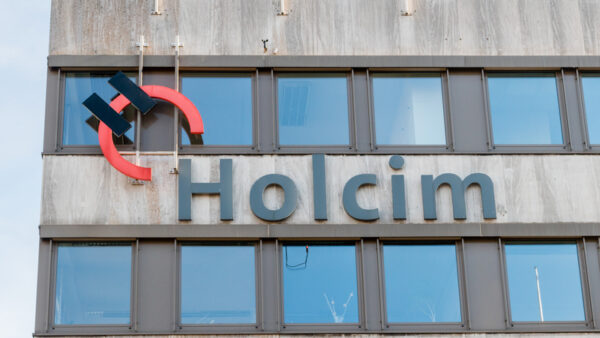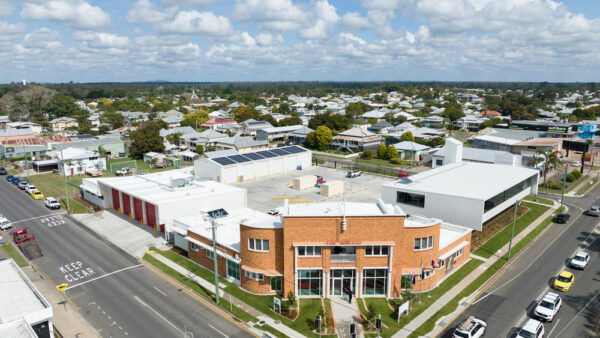American engineer Aecom and technology giant IBM have updated their Disaster Resilience Scorecard, created to help cities and local governments improve their preparedness for disasters.
The scorecard was developed for the UN Office for Disaster Risk to provide better access to information and tools to reduce the impact of hazards such as hurricanes, floods, earthquakes and droughts. It is part of UN’s Making Cities Resilient Campaign, which currently has 3,500 urban centres as members.
The scorecard is structured around the UN’s 10 Essentials of Disaster Resilience, a list that enables city administrations to identify priorities for investment and to track progress over time. The goal is to guide cities towards optimal resilience by providing a set of assessments that cover the policy and planning, engineering, organisational, financial, social and environmental aspects of disaster resilience.
Losses caused by disasters such as floods and storms cost governments over $300bn a year, a figure that is on the increase owing to climate change.
Peter Williams, chief technology officer of IBM Big Green Innovations, said: “Disaster resilience is a broad and complex endeavour that involves far more than just emergency response.
“It entails thinking, planning and collaborating between agencies, governments, private sector and communities in advance, during and after the event. The scorecard is a highly effective way to bring city stakeholders together to anticipate, mitigate, prepare for and recover from the effects of a hazard in a timely and efficient manner.”
You can view the scorecard here.
Image: The 2004 Chuetsu Earthquake in Japan (Wikimedia Commons)
Further Reading:






